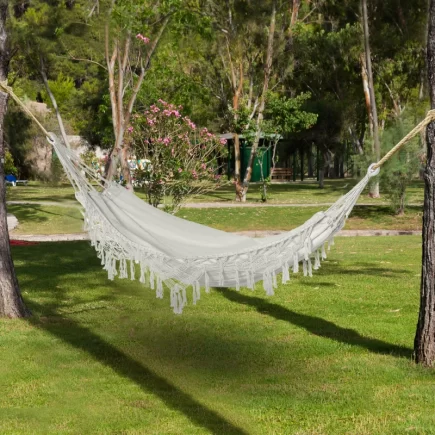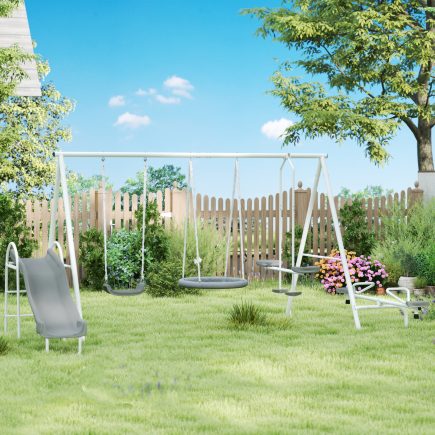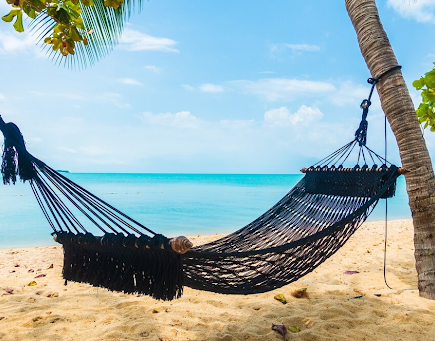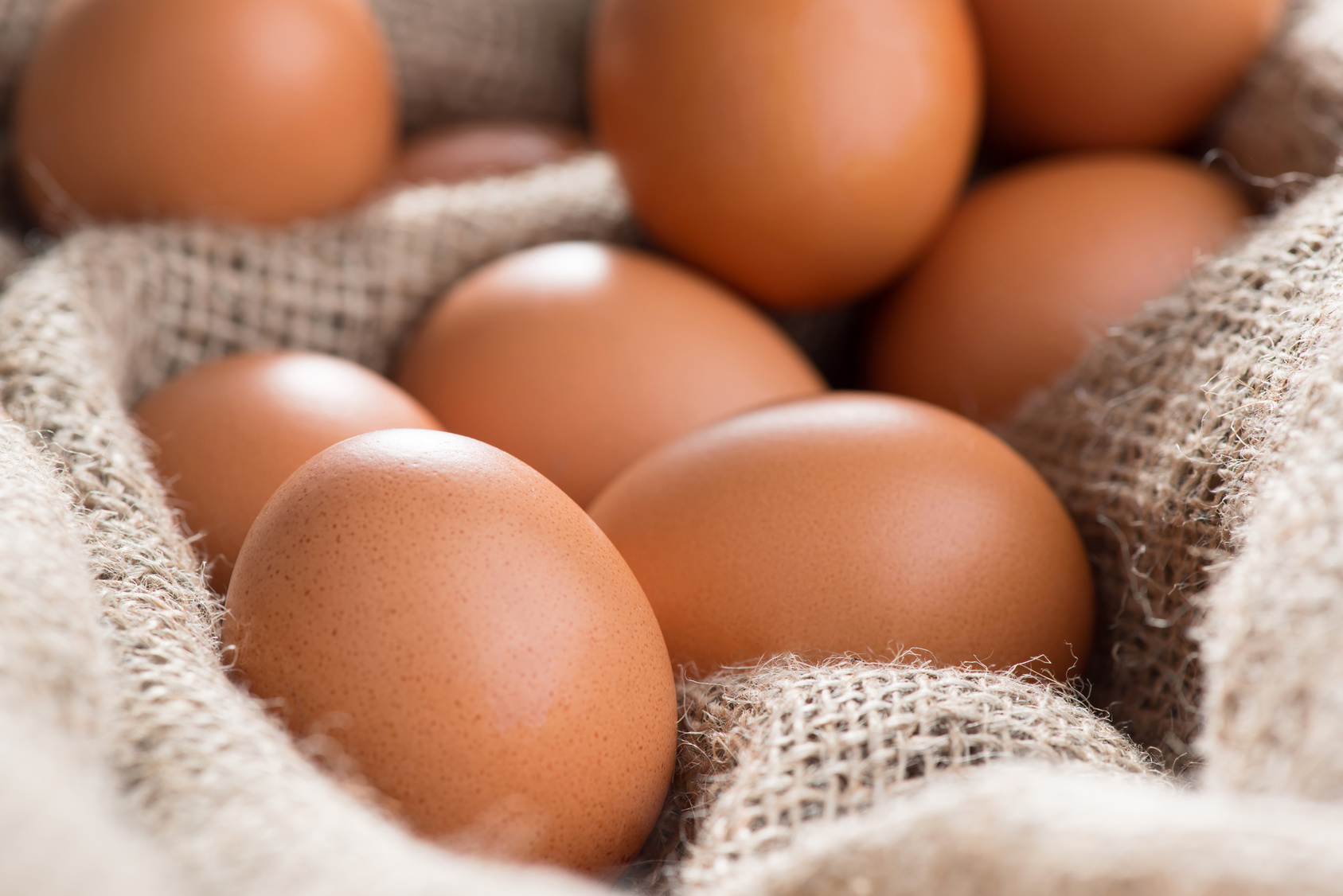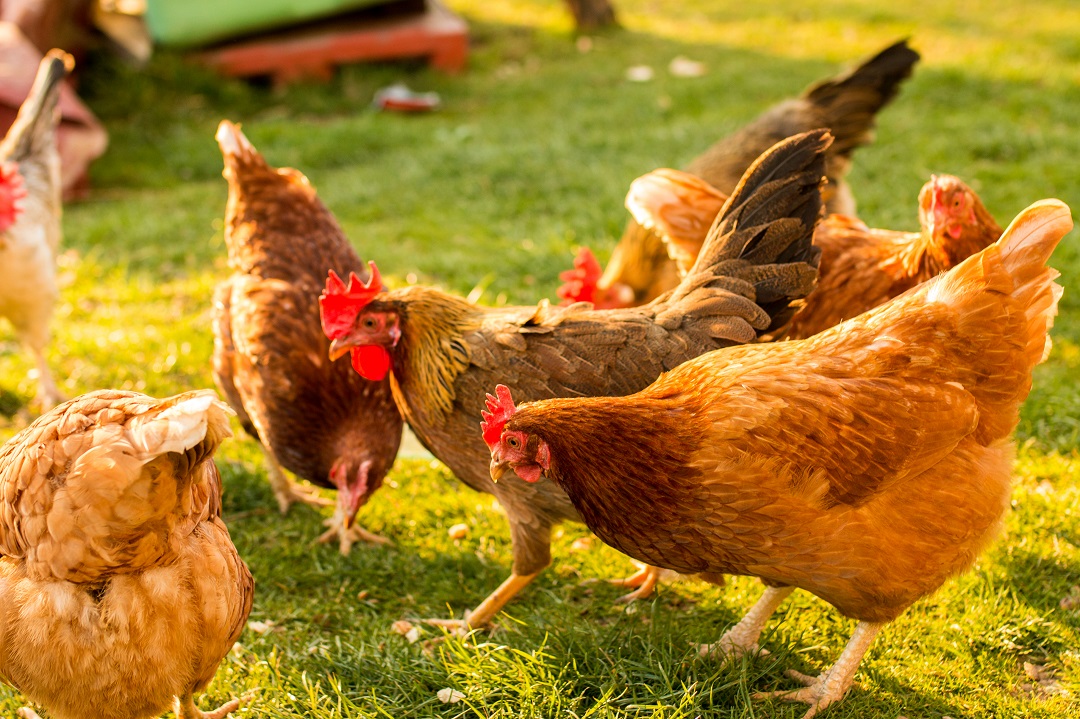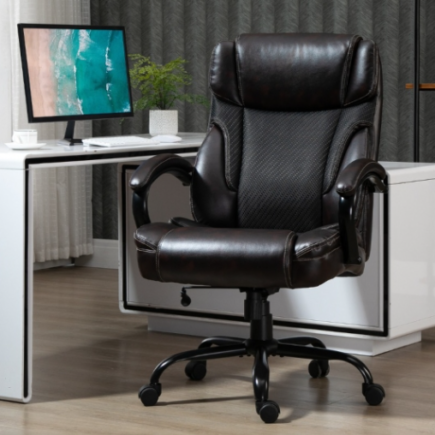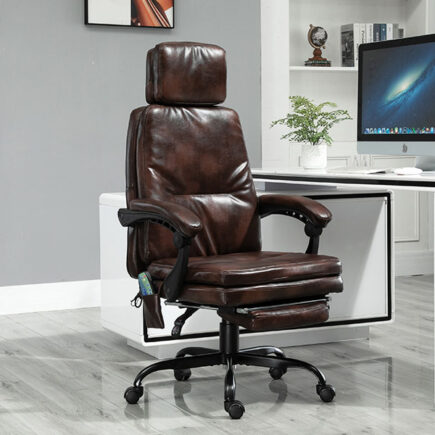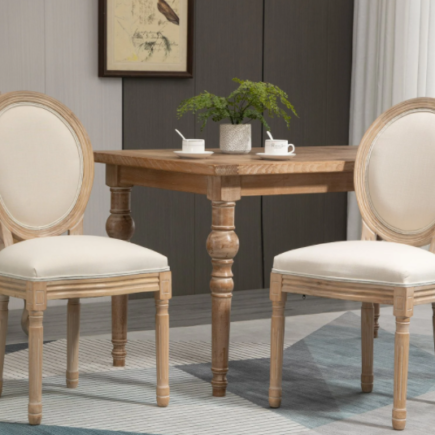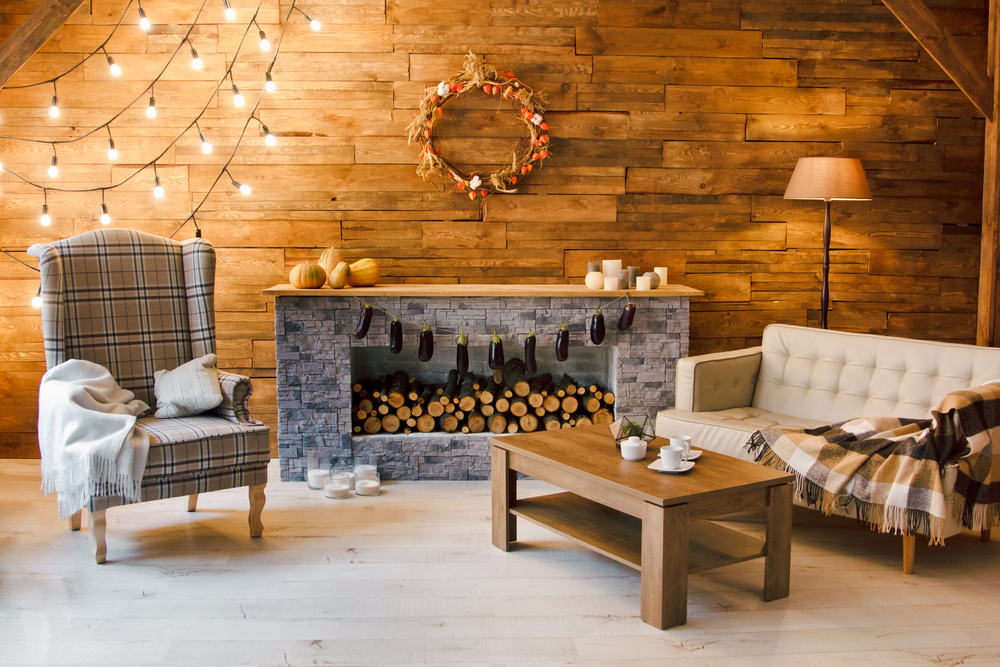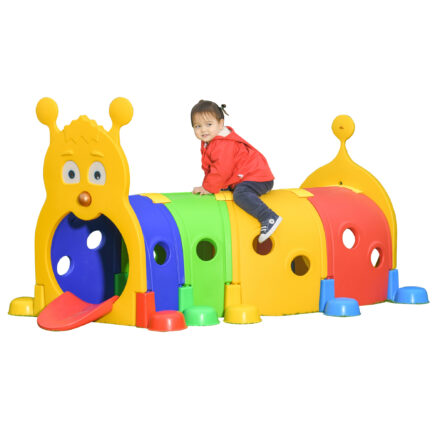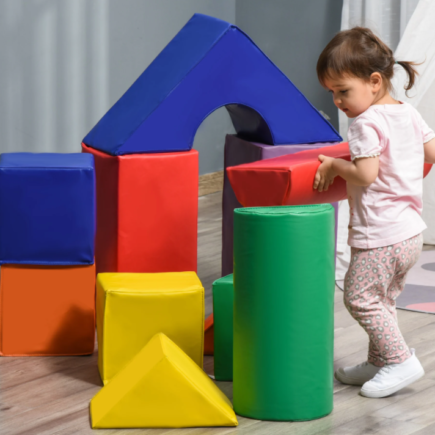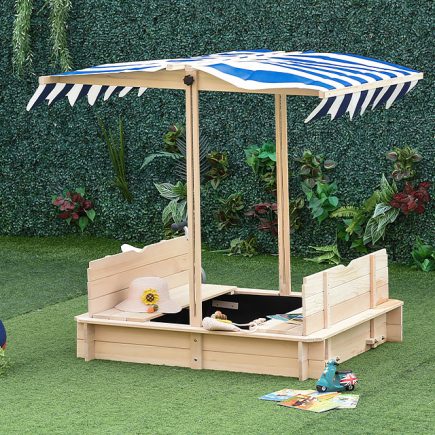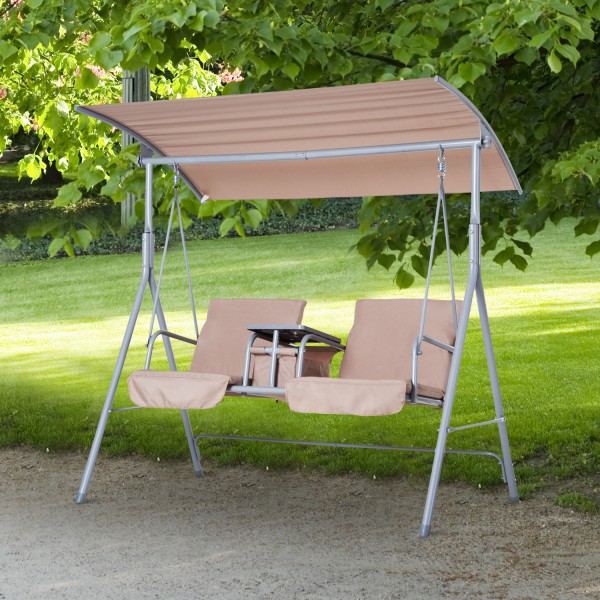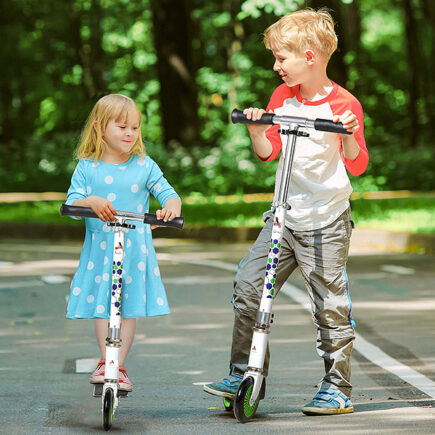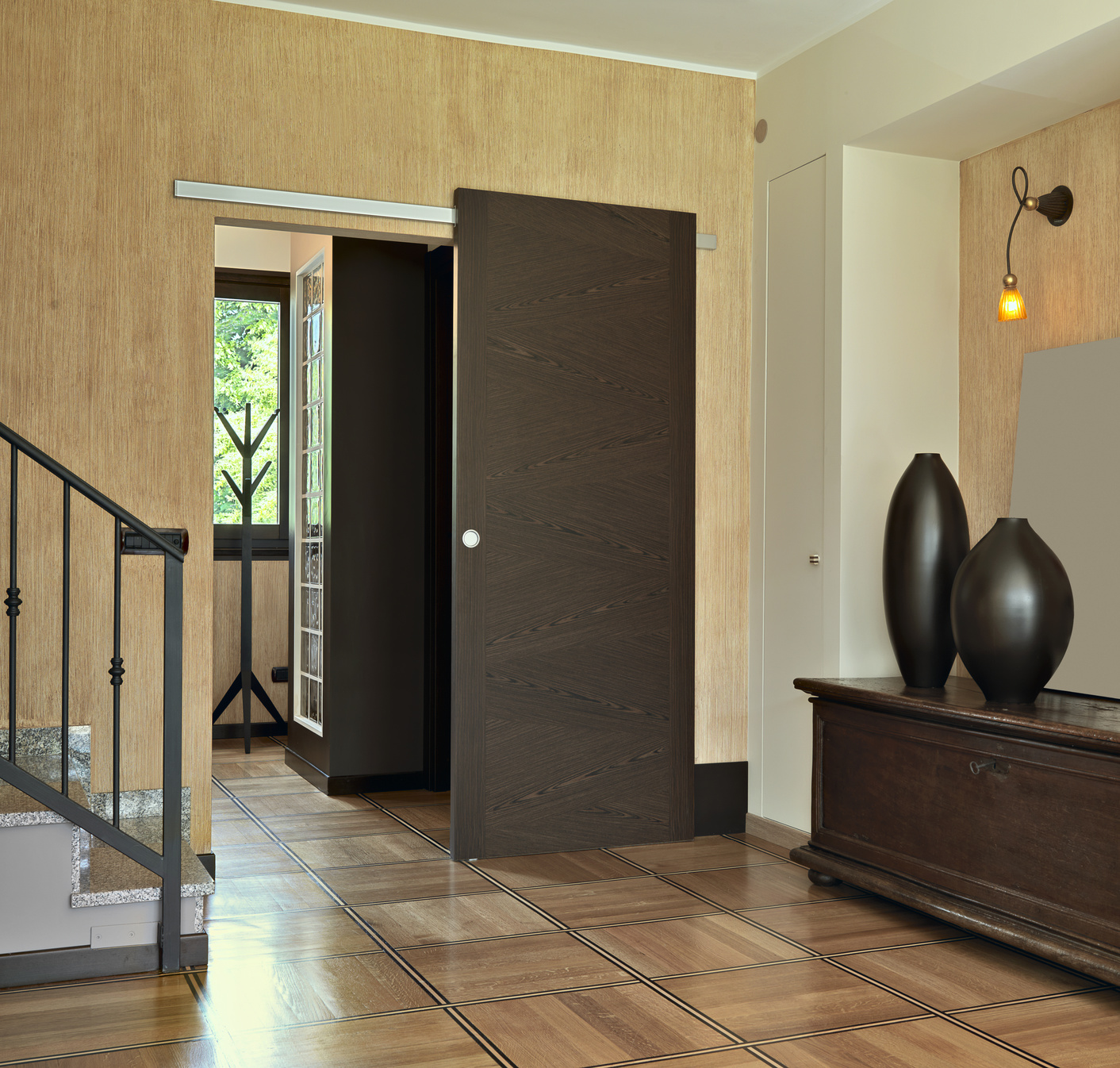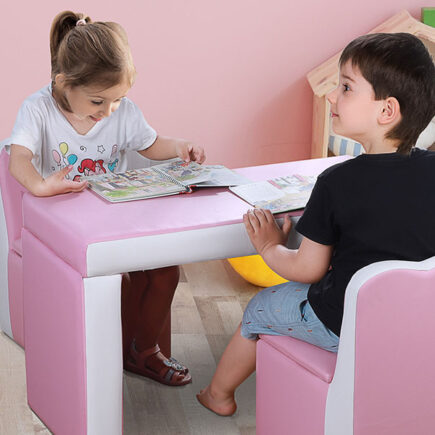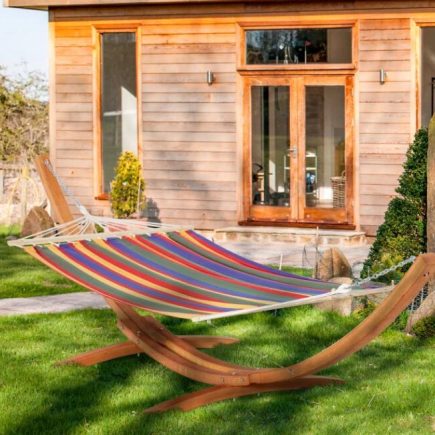Are you considering buying a scooter for your child but confused about what factors to consider? That is what we are here to do. Scooters are great for developing motor skills, balance, and strengthening muscles.
If you want to get your child the best scooter on the market, there are some factors you must consider. Generally speaking, a suitable scooter should be selected depending on the following factors:
- the number of wheels
- the wheel size
- the weight and height capacity
- braking system
- material
- maximum speed
- slip resistance surfaces
- folding capabilities, and
- the age of your child
Choosing the Right Scooter for Your Child
Here’s the thing: you want to pick the right scooter for your child. You could get them a scooter that is all tricked out and looks absolutely stunning. They will love it – but will you? Kids want something cool and fun. Parents want something safe.
With that in mind, check out the following factors that will help you pick the right scooter for your kid.
The Number of Wheels
Scooters usually have two to four wheels. The more wheels the scooter has, the more stable it is.
Two-wheel scooters are the least stable of the bunch and are therefore more suitable for second step learners, who already have sufficient balance control.
If you are looking at scooters for beginners or smaller kids, three-wheel scooters might be more your beat. There is a lessened risk of imbalance, so you can rest easy knowing your child is safer than on a two-wheeler.
The Wheel Size
Even something as simple as wheel size can be an essential feature in deciding the perfect scooter for your child. Typically, scooter wheels consist of polyurethane threads around a plastic core with a 110mm diameter. The general rule is that smaller wheels are slower and lighter. The deck remains lower to the ground, which increases stability. Larger wheels raise the deck and allow the rider to move faster. For small children and inexperienced riders, smaller wheels are the safer choice if you prefer fewer scooter-related accidents.
Unfortunately, most consumers have no say in the width of the wheel. The width affects the traction and maneuverability of stunts. So, experts may custom order different width lengths. But for beginners, it is recommended you stick with the default.
So, which wheel size is truly the best? For kids wanting a new toy to ride on, 110mm wheels are the standard choice.
Weight and Height Capacity
It is important to always consider the weight and height capacity of a scooter before purchasing one. You want to make sure that the scooter is strong enough to carry at least double your child’s weight. You never know – your kid might want to take a friend along for a ride!
Many scooters are height adjustable so that they can grow with your child. Make sure to purchase one that adjusts to the appropriate height for your child to grasp the handles comfortably.
Braking System
Most of today’s scooters offer a braking system so your child can quickly stop in an emergency. The break should be of good quality and maintained so that it works appropriately in emergencies.
Material
Scooters are usually made of plastic or metal. Plastic scooters are flexible and light and are only suitable for children less than three years old. If you are looking for scooters for older kids – metal might be more appropriate.
Maximum Speed
It might not be in your considerations, but your child will undoubtedly be thinking about how fast their scooter can go. It is pretty much guaranteed that your child will be racing their friends trying to go as fast as possible, so you will want to get them a scooter with a high speed.
However, it is important to remember that the higher the speed, the greater chance of accidents. Beginner kids do not need high speeds, so a lower max speed is better to ensure their safety. However, if your child is older, they may need more speed.
Slip-Resistant Surfaces
Speaking of accidents – what if your child slips while riding? Thankfully, most scooters today have a slip resistance surface on the foot deck (like skateboards!). Some models aimed at toddlers have slip-resistant silicone surfaces, while the more recreational ones usually have grip tape applied to the foot deck.
Foldable Design
A foldable scooter isn’t an absolute necessity here. However, if you plan on taking the scooter with you on a cross-country road trip, you are definitely going to want to buy a model that folds.
For scooters that have an easy storage option, there are usually two ways:
- The ability to fold down at the click of a button
- The ability to remove the T-bar and store it as a two-piece
Three-wheel scooters do not usually have a folding design, but they may separate for easy storage.
The Age of Your Child
The age of your child is a critical factor when choosing the appropriate scooter. Once your child can set up and walk properly (without falling over!), they are ready to scoot!
- Three-wheel scooters are suitable for kids under three since they make it easier to balance.
- For five-year-olds with previous three-wheel experience, go for the two-wheeler! If not, stick with the extra wheel.
- It is all about fun for older kids. The scooter should have an excellent, high speed so your child can race all their friends!
How to Pick a Suitable Scooter
Considering everything we have just outlined above – how can you be sure you are buying the right scooter for your child? To start, we’ll consider the four main types of scooters:
- Three-wheeled
- Two-wheeled
- Trick Scooter
- Electric
You’ve already read the differences between three- and two-wheeled scooters. Trick scooters are more advanced and durable as they are designed for tricks and stunts. Only purchase these kinds of scooters if your child is already well advanced in scooting.
Electric scooters are designed for smooth glides without the need to purchase. A rechargeable battery powers them, allowing some scooters to move up to 15mph.
As mentioned before, make sure that you purchase plastic scooters for younger kids. While they are not as strong as metal ones, they are easier to control. Metal scooters are more suitable for older kids because they can control the added weight.
Selection Tips For a Scooter
- Make sure to take into consideration the age of your child.
- Remember that younger kids do not balance as well, so three-wheel scooters are more suitable.
- Make sure that you purchase safety equipment for your child, like helmets, knee and elbow pads.
- If you plan on traveling, choose a scooter with a foldable design.


